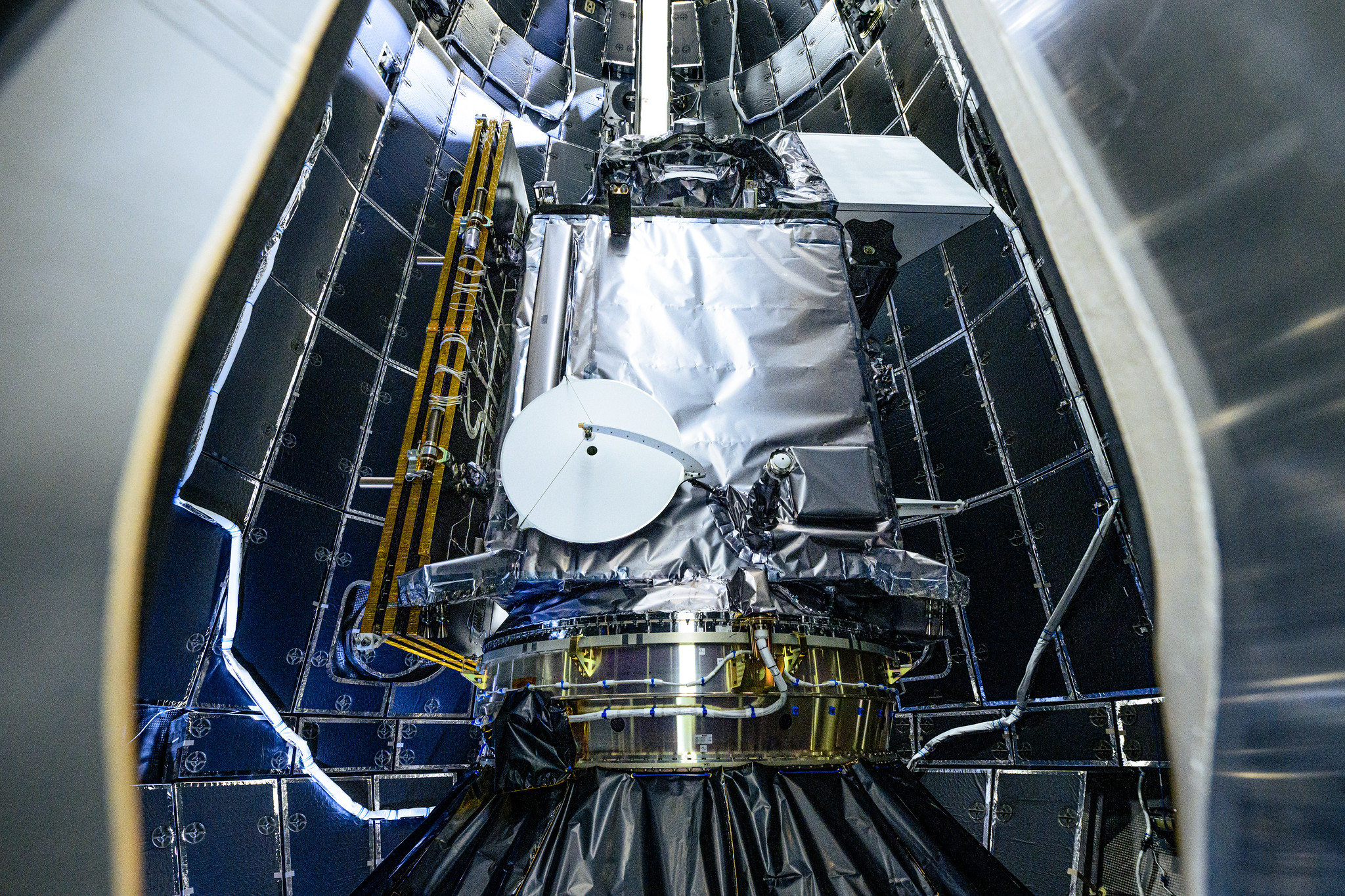The NASA planned mission to study the Earth’s oceans and atmosphere, known as PACE, has survived several cancellation attempts and is now set to launch. A Falcon 9 is scheduled to lift off from Cape Canaveral’s Space Launch Complex 40 on Feb. 6 at 1:33 a.m. Eastern Time, carrying NASA’s Plankton, Aerosol, Cloud, ocean Ecosystem (PACE) spacecraft into sun-synchronous orbit.
PACE will be equipped with three instruments to study the ocean, clouds, and aerosols in the atmosphere. The primary instrument, Ocean Color Instrument (OCI), will provide information on ocean color across various wavelengths. The spacecraft will also carry the Hyper Angular Research Polarimeter (HARP2) and Spectro-polarimeter for Planetary Exploration (SPEXone) to study atmospheric clouds and aerosols.
According to Karen St. Germain, director of NASA’s Earth science division, PACE will significantly advance our understanding of the oceans and their connection to the broader Earth system and climate change. Jeremy Werdell, PACE project scientist, mentioned that the mission will focus on studying phytoplankton on the ocean surface, including differentiating harmful and beneficial species.
The data collected by PACE will be complemented with information from other Earth science missions, such as the Surface Water and Ocean Topography (SWOT) spacecraft. This collaboration will provide a more comprehensive understanding of ocean movement and the life within the surface oceans.
With a planned design life of three years, PACE is expected to operate for at least a decade, thanks to sufficient consumables like propellant on board. Despite initially being a target for budget cuts, the mission received funding after Congress rejected the proposed cancellations several times. The total cost, including reserves, is $964 million.
During a briefing, Werdell expressed gratitude for the support from the stakeholder community that enabled PACE to overcome the challenges and move forward. Once launched, PACE will undergo a 60-day commissioning period, with data expected to be publicly available with no exclusivity period for the mission’s science team.











